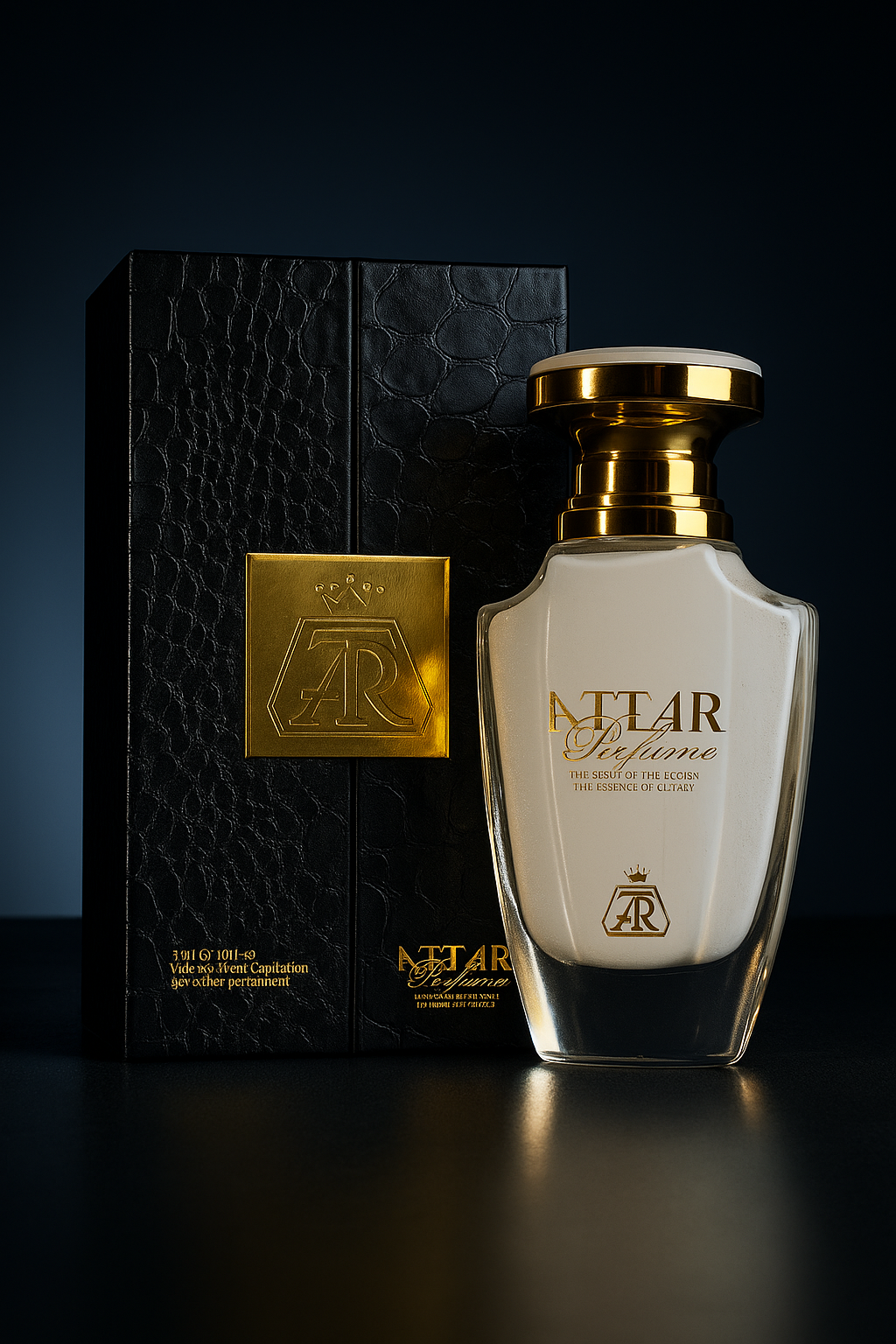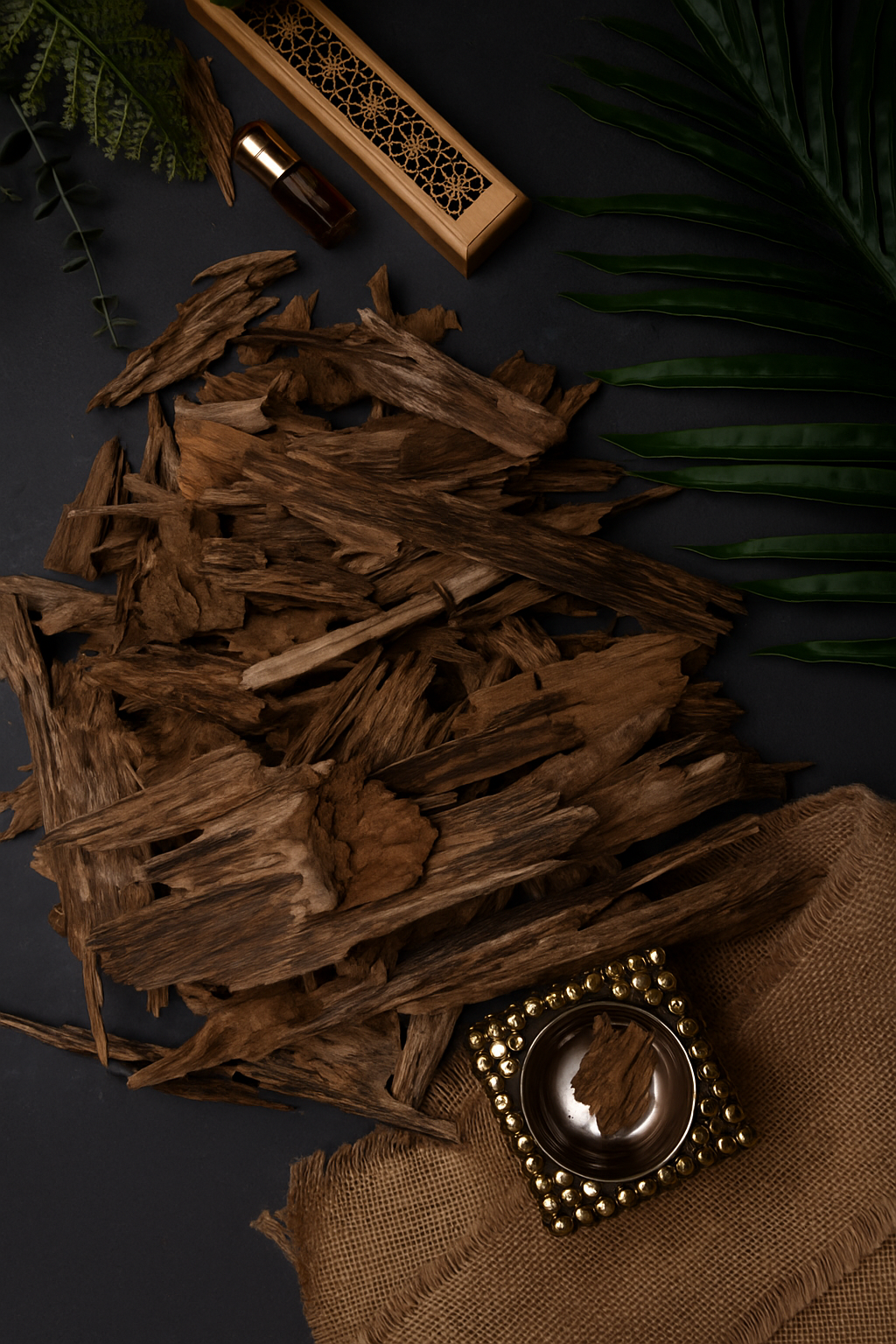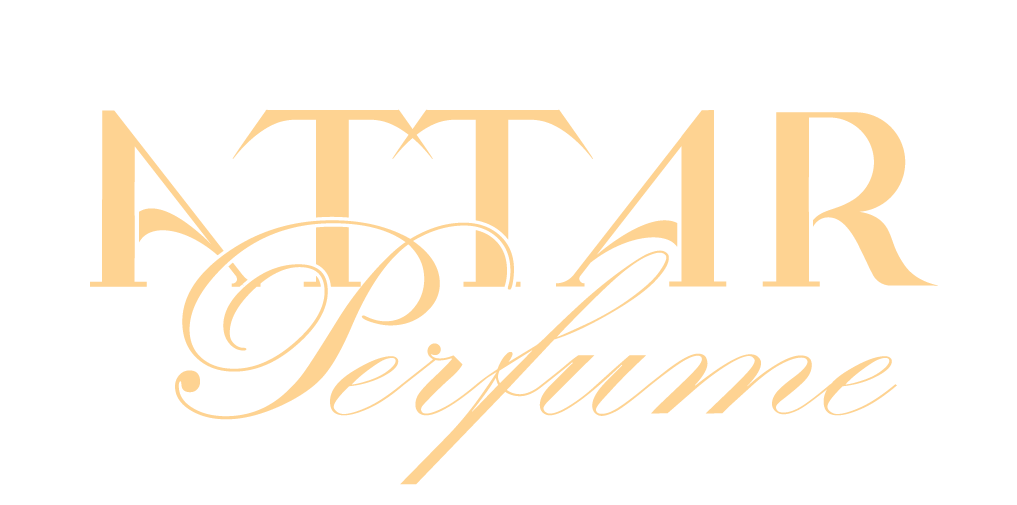Welcome to an exclusive journey into the world of oud with Aziz Al-Shalhoob, a leading expert and auctioneer in the field. Known as Abu Saud, he sits down to discuss the fascinating complexities of oud, its rarity, and the latest market trends.
The Rarity of Oud: A Collector's Dream
According to Abu Saud, the world of rare oud is a constantly evolving treasure hunt. Despite concerns that high-quality oud is disappearing, new discoveries continue to emerge, proving that the market for exceptional oud is far from exhausted.
He explains that "rare oud" isn't a single type but a category defined by a combination of factors:
-
The wood itself: The age, density, and natural formation of the resin.
-
The origin: The region where the oud is from, such as old Indian, Cambodian, or Burmese varieties.
-
The story: The provenance of the oud, particularly if it's part of a historical collection or an inherited treasure.
Abu Saud showcases a magnificent piece of rare oud, describing it as "petrified," with a dense, hard texture that feels more like a stone than wood. This is a sign of an extremely high resin content, a hallmark of true rarity.
Understanding the Grades: From Natural to Enhanced
To help consumers navigate the market, Abu Saud breaks down the different grades of oud.
-
Natural Oud: This is the purest form, with no human intervention. It's harvested from wild trees and has a complex, authentic fragrance.
-
Cultivated Oud: This type is grown on farms, where growers use methods like piercing the tree with nails or tools to stimulate the natural defense mechanism that creates resin. The resulting oud is of good quality and is widely available.
-
Enhanced Oud (Muhassan): This grade is made from low-quality oud wood that has little to no natural fragrance. It's "enhanced" by being cooked with a mixture of oud sawdust and a chemical binder to give it a strong scent. While it can be a good option for events, it lacks the depth and purity of natural oud.
The Scent of China: A New Contender
Abu Saud introduces a new and intriguing player in the oud market: Chinese oud. He explains that the Chinese have been trying to cultivate a specific, rare Vietnamese oud called "Kinamm," which is known for its medicinal properties and is highly prized in Japan and China. While their cultivation efforts for the original species failed, they successfully developed a new hybrid species.
The resulting "Chinese oud" has a few unique characteristics:
-
Appearance: It has a waxy, lustrous surface.
-
Fragrance: It has a scent similar to the original Kinamm, though not identical.
-
Longevity: A single piece can last for up to 15 minutes on charcoal, a remarkable burn time that makes it perfect for both personal use and large gatherings.
The Importance of Education
Throughout the discussion, Abu Saud stresses the importance of an educated consumer. He warns against common fraudulent practices, such as:
-
Coloring: Some traders use artificial dyes to make low-quality oud appear darker and more resinous.
-
Adulteration: Some oud is mixed with glue or other binders to increase its weight and make it seem more valuable.
-
Mislabeling: The term "Cambodian oud" is often used as a marketing term for enhanced oud, even when the oud is not from Cambodia.
To avoid these pitfalls, Abu Saud advises consumers to:
-
Look for a trustworthy expert: Find a knowledgeable seller who is transparent about their products.
-
Inspect the oud: Look for a dark, rich color, a dense texture, and a pure, unadulterated scent.
-
Use multiple sources: Never rely on a single opinion. Consult several experts to get a comprehensive understanding of the oud's quality.
The Art of Application: Getting the Best from Your Oud
To fully appreciate the fragrance of oud, Abu Saud shares some final tips on how to apply it:
-
Moisturize first: A light spray of perfume or rose water on clothes before burning oud helps the fragrance cling to the fabric, ensuring a long-lasting scent.
-
Mix with musk: For a richer, more complex fragrance, apply a touch of musk to your pulse points before applying oud oil. This combination creates a unique and elegant scent profile.
Abu Saud’s extensive knowledge and passion for oud are a testament to his expertise. His dedication to educating consumers and preserving the integrity of this ancient trade is a service to all enthusiasts.












